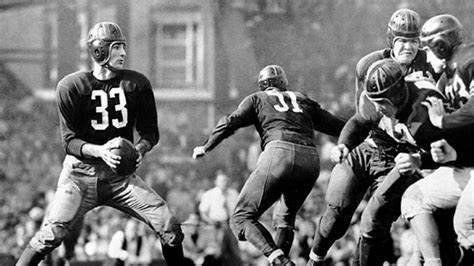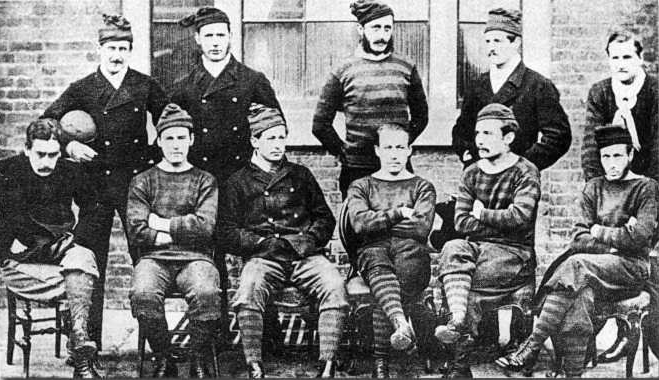The evolution of football, a sport now celebrated globally, is a captivating journey through time. From ancient civilizations to the modern era, the historical development of football unveils a tapestry woven with diverse cultures, evolving rules, and the passion of players and fans.
Ancient Roots
Football’s origins can be traced to ancient civilizations where versions of the game were played with varying rules. In ancient China, cuju involved kicking a ball through an opening; in Greece, episkyros featured a ball passed between two teams. These diverse beginnings illustrate the widespread appeal of a game that transcends cultural boundaries.

Medieval Folk Football
The medieval period witnessed the emergence of folk, played in the heart of villages with teams representing entire communities. Amid chaotic and often violent matches, the essence of teamwork and competition took root, laying the foundation for the communal spirit that still permeates football today.
Public Schools and Standardization
The 19th century marked a pivotal era with the standardization of the rules. Public schools in England played a crucial role, each developing its own set of regulations. The need for uniformity led to the formation of standardized rules, culminating in the historic Cambridge Rules of 1848, a pivotal moment in the historical development of football.
The Birth of Modern Football Associations
The establishment of football associations in the late 19th century, notably The Association (FA) in England, formalized the game. The FA’s rulebook, created in 1863, became the cornerstone for modern football. This era witnessed the evolution from chaotic, localized matches to organized, regulated competitions.
Global Spread and International Competitions
As it gained momentum, its reach expanded globally. The inaugural international match between England and Scotland in 1872 marked the beginning of international competitions. The formation of FIFA in 1904 further propelled football onto the world stage, paving the way for prestigious events like the FIFA World Cup, becoming a celebration of global unity through sport.
Professionalization and Commercialization
The 20th century witnessed the professionalization of football, transforming it from an amateur pastime to a lucrative industry. The advent of leagues, sponsorships, and television broadcasts revolutionized the game’s economic landscape, making football a powerful cultural and economic force.
Technological Advancements and Tactical Evolution
In the contemporary era, technological advancements have reshaped it. From goal-line technology to video assistant referees (VAR), the game has embraced innovation. Tactical evolution, too, has been remarkable, with coaches employing data analytics and advanced training methods to hone players’ skills.
Digital Age
The digital age has ushered in a new dimension for football, connecting fans globally. Social media platforms provide a virtual stadium where enthusiasts engage in real-time discussions, enhancing the communal experience. The accessibility of matches through online streaming has democratized the game, fostering a more inclusive global football community.
Conclusion
The historical development of football is a saga of resilience, adaptation, and global unification. From ancient ball games to the technologically advanced sport witnessed today, football’s journey reflects the dynamic interplay between tradition and innovation. As the sport continues to evolve, its rich history remains embedded in every kick, goal, and cheer, echoing across the ages.




